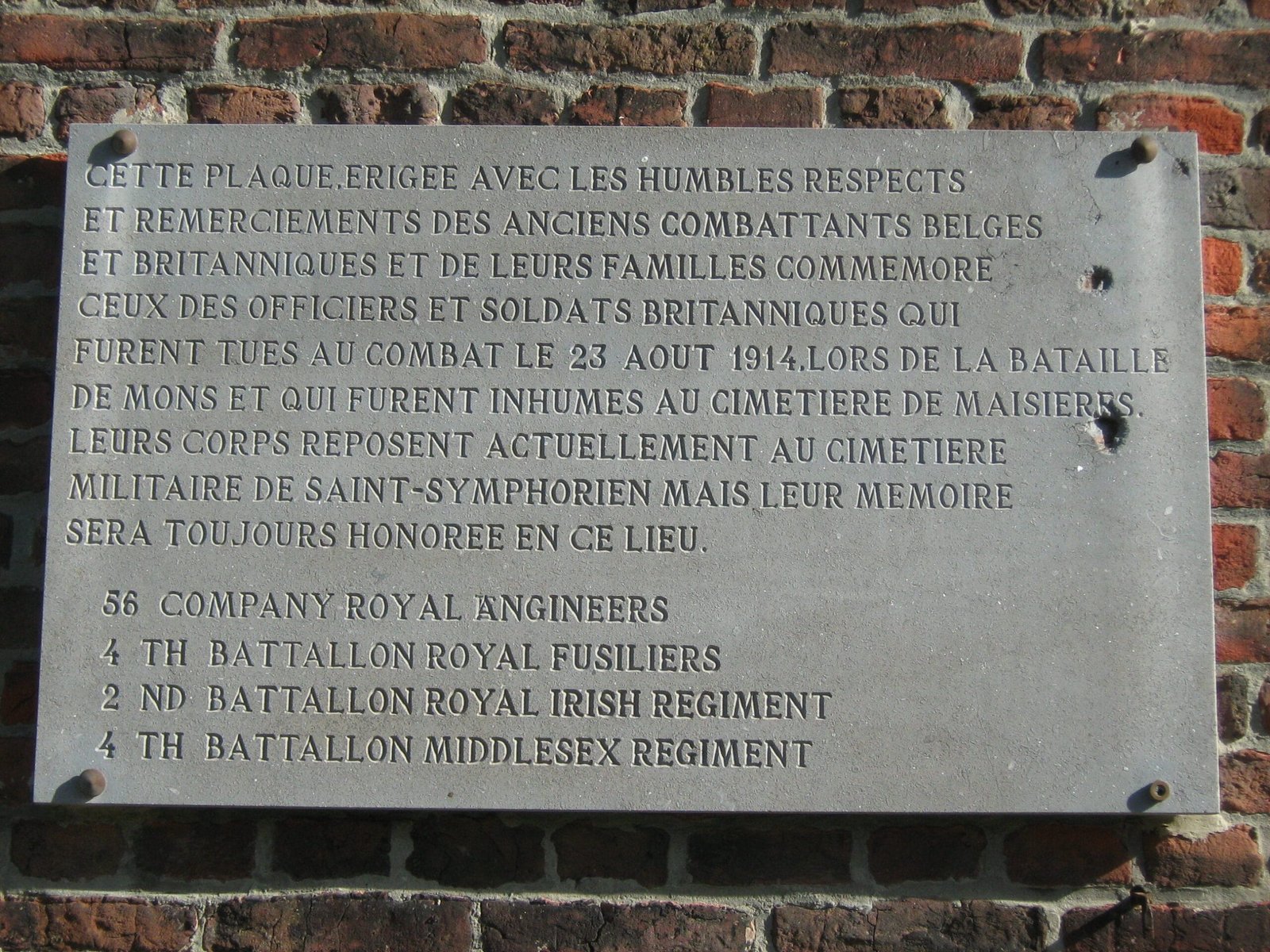Over the last 9 months I’ve been working on a more concentrated effort to track…
Admin


Updates from the Horseback Sapper
Hello Everyone, you may have noticed some changes to the website, this has been due…
History


Meeting the need for water in the 1917 Desert Campaign
I’ve always been interested in the Campaigns in the Middle East, probably due to films…
The Royal Engineer that improved Water Supply in the Middle East
In the Great War the biggest challenge facing operations in the Palestine Theatre of operations…
Events


Remembrance Day at Maisieres
This morning I represented the British Forces at the Church at Maisieres at Mons. This…

